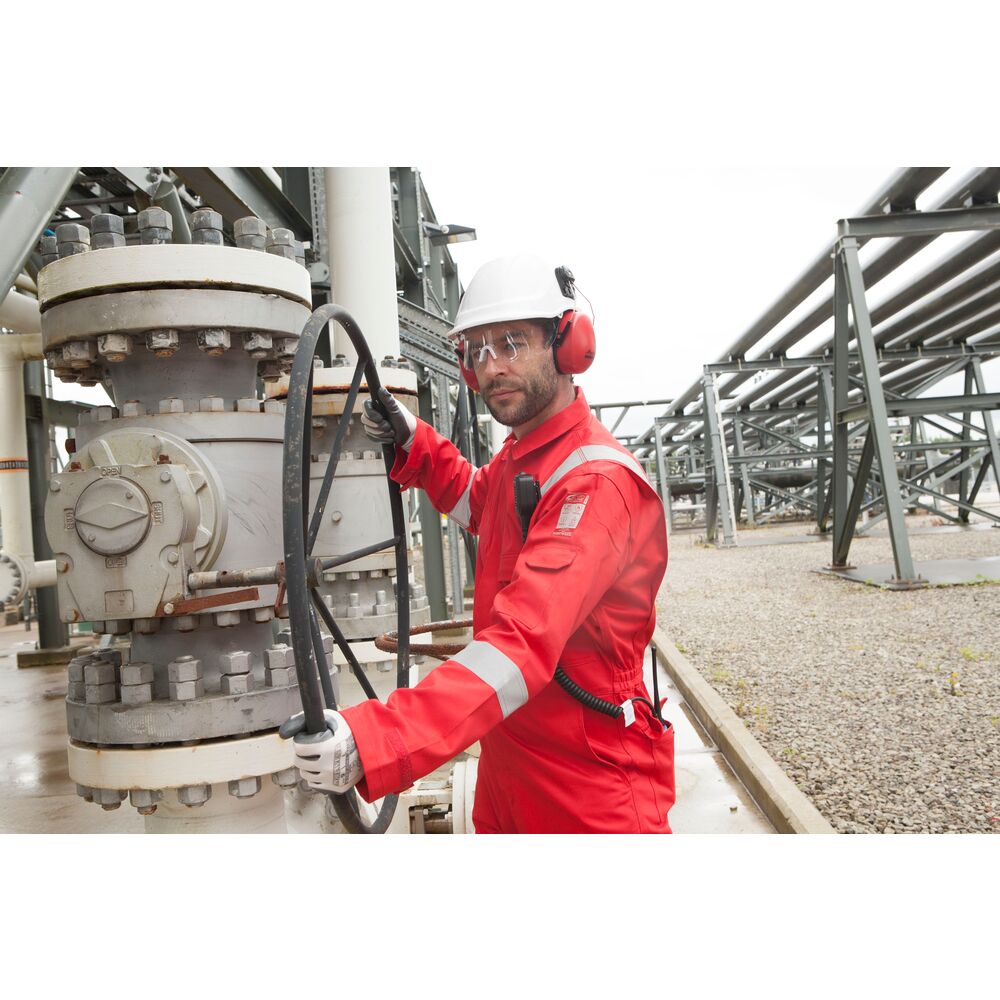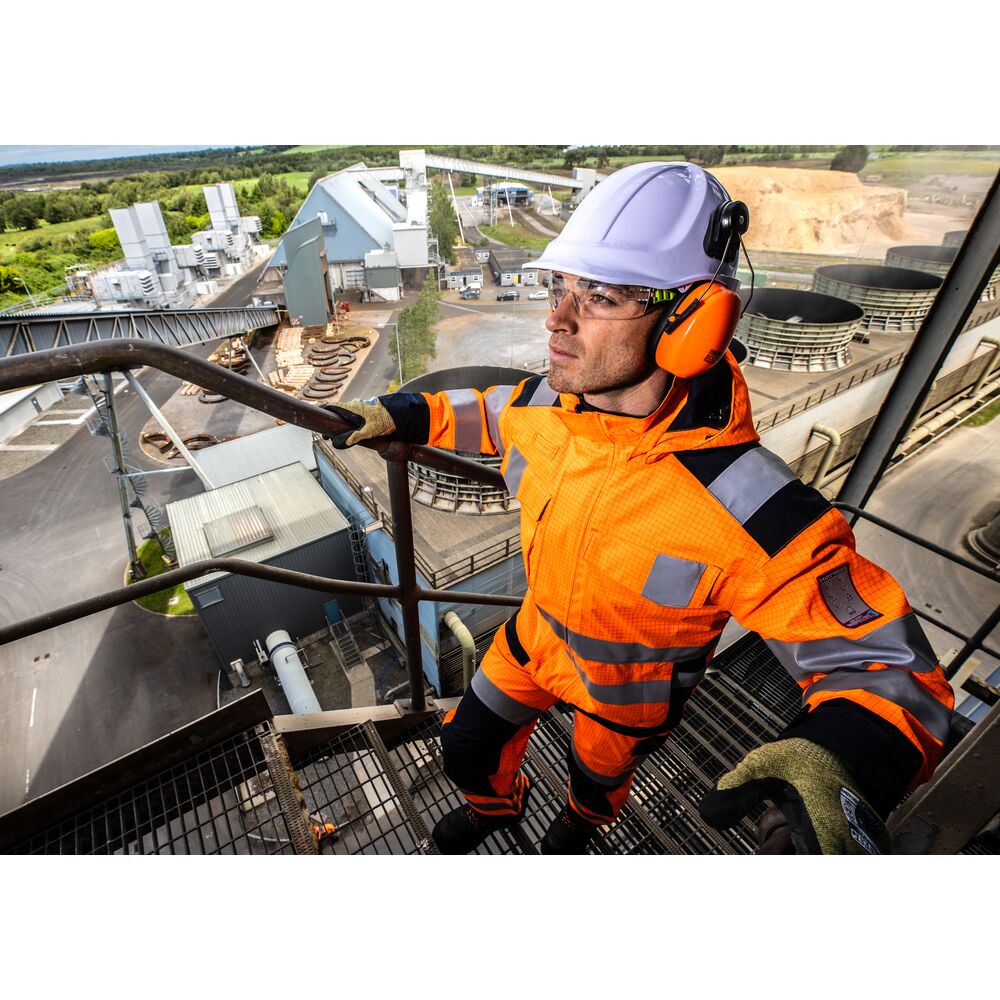- Free delivery for orders over £100
- Customised in the UK
- No minimum order
- Customised in the UK
- No minimum order
- Free delivery for orders over £100

Share this post
In many industries, the dangers are often unseen. Welders facing molten metal, electricians working with arc flash risks, and petrochemical workers dealing with flammable substances – these are just a few examples of professions where heat, flames, and static electricity pose constant threats. In these environments, standard workwear simply isn’t enough. That’s where certified flame-retardant coveralls and overalls become non-negotiable.

MV29 Portwest Hi-Vis Modaflame FR Anti-Static Jacket, and MV70 flame retardant anti-static Jacket
Flame-retardant fabrics are engineered to resist ignition and prevent the spread of flames. They offer vital seconds for escape in hazardous situations. Many also incorporate anti-static properties, crucial for preventing explosions in environments with flammable gases or dust.
It’s a common misconception that safety gear is uncomfortable. However, modern flame-retardant workwear is designed for tough work and long shifts, prioritizing both durability and comfort. This enhances productivity and ensures workers are more likely to wear the protective gear consistently.

EN ISO 11612: Protection Against Heat and Flame: This is the core standard for clothing protecting against heat and flames, excluding hands, feet, and head (though certain hoods are included). It covers various heat exposures:
EN ISO 11611: Protection for Welders and Allied Processes: This standard is specifically for welding and similar activities. It protects against:
EN 1149: Electrostatic Properties: This standard is for environments with a risk of explosive atmospheres (ATEX zones). It ensures the clothing:
IEC 61482 is a safety standard from the International Electrotechnical Commission that specifies requirements for protective clothing worn by electrical workers to protect them from the thermal hazards of an electric arc

Custom clothing specialists since 1928, offering a wide range of apparel including high-vis, waterproofs, fire-retardant clothing, footwear and PPE. Embroidered and Printed customisation options are available.
From
(inc. VAT)
From
(inc. VAT)